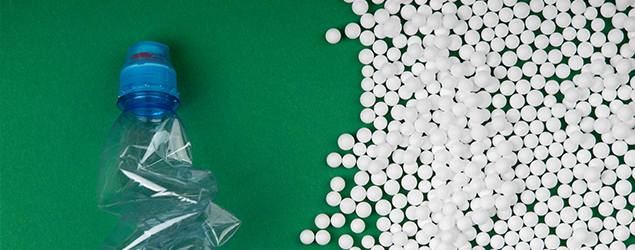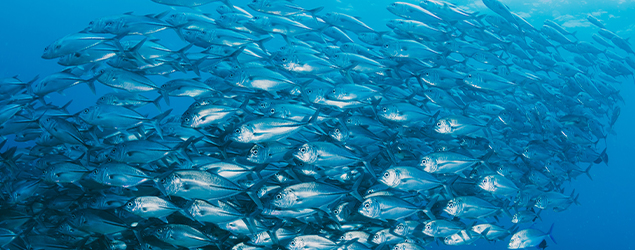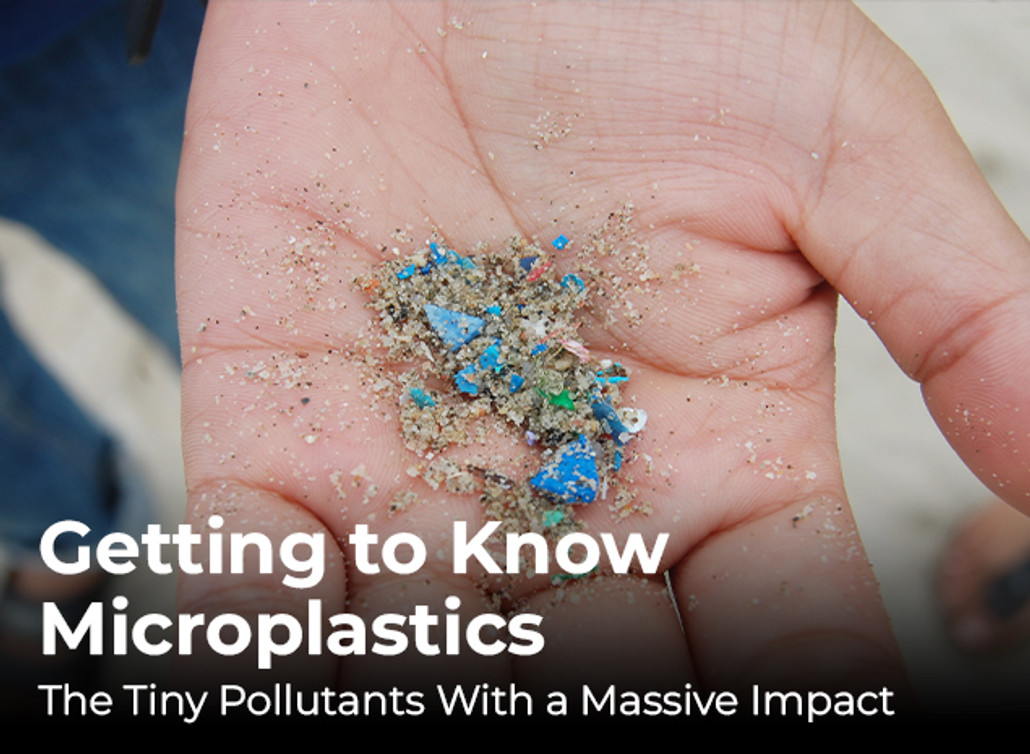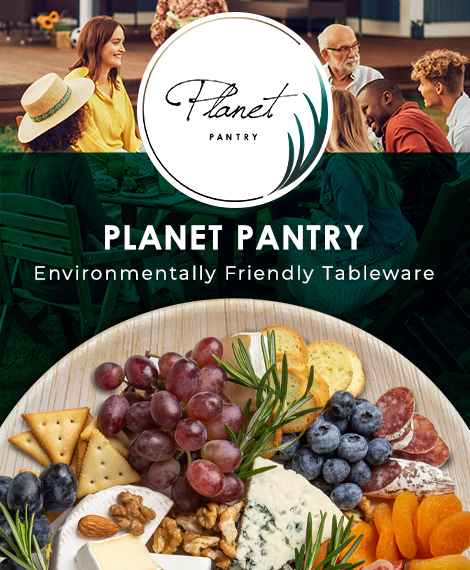Posted by Planet Pantry on 19th Sep 2023
Getting to Know Microplastics: The Tiny Pollutants With a Massive Impact

In recent years, an alarming issue has captured the attention of scientists, environmentalists, and concerned individuals worldwide: microplastics. These minuscule plastic particles, often invisible to the naked eye, have permeated our oceans, rivers, soil, and even the air we breathe. Despite their small size, microplastics pose a colossal threat to our planet and all its inhabitants. In this article, we will delve into the world of microplastics, exploring what they are, how they are formed, their sources, and the consequences they have on our environment and health.
What Are Microplastics?
Microplastics are tiny plastic particles measuring less than 5 millimeters in diameter, or about the size of a sesame seed. They come in two primary forms: primary microplastics and secondary microplastics. Primary microplastics are manufactured to be small, such as microbeads found in personal care products or pellets used in plastic production. Secondary microplastics are the result of larger plastic items breaking down into smaller fragments over time due to weathering, abrasion, and other natural processes.

Sources of Microplastics:
Microplastics can enter our environment through various sources. Some major contributors include:
- Plastic pollution: Discarded plastic items, such as bottles, bags, and packaging materials, gradually break down into microplastics due to exposure to sunlight and environmental forces.
- Synthetic textiles: Washing clothes made of synthetic fibers like polyester and nylon releases microfibers into wastewater, ultimately reaching rivers and oceans.
- Personal care products: Microbeads, often made of polyethylene or polypropylene, found in scrubs, toothpaste, and cosmetics, contribute to microplastic pollution when washed down drains.
- Industrial processes: Plastic pellets used in manufacturing, known as nurdles, can be unintentionally released into waterways during production or transportation.

Environmental Impact:
The proliferation of microplastics has devastating consequences for ecosystems and biodiversity. Marine life, in particular, bears the brunt of this pollution. Microplastics can be mistaken for food by marine organisms, leading to internal blockages, impaired digestion, and starvation. Additionally, microplastics can accumulate toxic chemicals present in the water, posing a threat to organisms along the food chain, including humans.
Microplastics are not confined to marine environments. They have been found in freshwater systems, soil, and even in the air we breathe. These particles can enter our food chain, potentially causing long-term health risks and ecological disruptions.
Human Health Concerns:
While the direct impact of microplastics on human health is still being studied, there are growing concerns about potential risks. It is believed that microplastics can enter our bodies through various routes, including consumption of contaminated seafood, inhalation, and ingestion via food and beverages packaged in plastic.
Studies suggest that microplastics may have adverse effects on our immune system, hormonal balance, and organ function. The presence of microplastics in drinking water and food raises legitimate concerns about their long-term health implications.
Mitigation and Solutions:
Addressing the microplastics crisis requires a multifaceted approach involving individuals, governments, and industries. Some key strategies to mitigate microplastic pollution include:
- Reducing plastic consumption: By minimizing single-use plastics in our daily lives, we can significantly reduce the amount of plastic waste entering the environment.
- Proper waste management: Implementing effective recycling and waste management systems can prevent plastic debris from reaching water bodies and ecosystems.
- Promoting sustainable practices: Encouraging the use of biodegradable materials, supporting eco-friendly alternatives, and advocating for stricter regulations on microplastic ingredients in personal care products are crucial steps towards reducing microplastic pollution.
- Raising awareness: Educating the public about the harmful effects of microplastics and promoting responsible consumption and disposal habits can bring about meaningful change.

Microplastics represent a global challenge that demands immediate attention and action. Understanding their sources, impacts, and potential risks is the first step towards finding effective solutions. By adopting sustainable practices, supporting innovation in plastic alternatives, and advocating for stricter regulations, we can strive to reduce microplastic pollution and safeguard the health of our planet for future generations. Let us take collective responsibility and work towards a cleaner and healthier environment.



